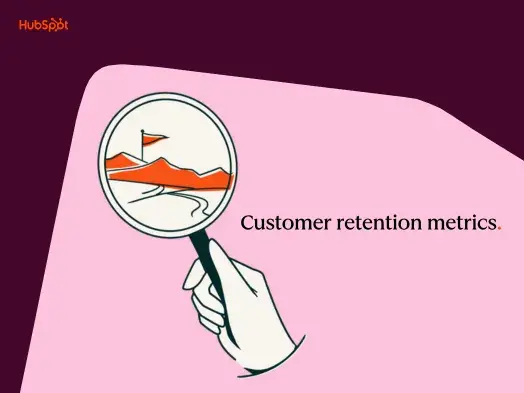Table of Contents
- What is a customer win-back campaign?
- 6 Steps for Creating a Win-back Campaign
- Common Emails in Win-back Campaigns
- 10 Tips for Winning Back Customers
What is a customer win-back campaign?
A customer win-back campaign is what happens after customer retention efforts aren’t successful. The goal of these campaigns is to re-engage previously loyal customers and bring them back into the fold. This is often accomplished by offering them rewards, incentives, or special offers that help encourage them to come back, make additional purchases, and ideally stick around.
Customer win-back strategies are typically more expensive than retention efforts but less costly than acquiring new customers. If successful, these re-engagement campaigns can help improve both current revenues and boost overall customer lifetime value (CLV).
Consider data from the Harvard Business Review — won-back customers had an average CLV of $1,410, compared to $1,262 after their first conversion and purchase.
1. Plan a personalized customer winback email campaign.
Your customer win-back program starts and ends with a personalized customer win-back email campaign.
This campaign will include a series of emails meant to re-engage customers who’ve started to disengage. This could mean they’ve stopped reading your emails, haven’t purchased from you in a while, or haven’t renewed a contract.
To be successful, this email campaign needs to be personalized. For instance, you can use the recipient’s name in the email, provide product recommendations, or customize the incentive offer based on their level of disengagement.
Given that 80% of customers are more likely to buy from companies that provide a personalized experience, this is a critical component of winback campaigns.
2. Make a realistic offer.
In a customer winback email campaign, you'll typically include some type of incentive or offer in one of the emails.
Your offer needs to be realistic, while also making it easy for the customer to come back. In other words, your offer should be hard to refuse. Additionally, keep in mind that the offer doesn't need to be a discount.
This could be a coupon, product upgrade, or even free shipping. Whichever you choose, make sure that the offer solves a potential problem that could have potentially caused your customer to disengage.
It's important that your winback program communicates that you understand your customer and are aware of the potential roadblocks in the customer journey.
3. Be strategic.
When you create your customer win-back email campaign, you need to be strategic.
For instance, your emails should contain a sense of urgency so people want to re-engage while also communicating empathy for their problems.
Another strategy would be to create FOMO (fear of missing out). If something sounds exclusive or like it’s the last chance to participate, people are more likely to respond.
Additionally, you should give your customers options. For example, you can let them change the frequency of receiving emails before unsubscribing. Once unsubscribed, you can also allow them to resubscribe.
4. Ask for feedback.
During your email campaign, you'll want to ask for feedback. This shows your customers that you take feedback seriously.
For example, you can send an NPS survey or some type of questionnaire. You could ask for feedback on specific products or overall customer satisfaction.
Additionally, asking for feedback can help you come up with incentives that entice customers to return. If you know why customers are churning, you can start to avoid recurring issues.
5. Segment your audience.
An email win-back campaign should be segmented. For example, you can segment your list based on how long it’s been since a customer’s last purchase, their average order value, or by customers who've had negative feedback or experiences.
By segmenting your list, you can personalize your copy and maybe even the incentive that you offer.
The more personalized your emails are, the more likely you will be to win back customers.
6. Test and measure success.
Just like any campaign, to truly see success in your customer winback program, you'll need to test your emails and use analytics to determine what works for your company.
This means you'll want to A/B test emails to see what subject lines work best, which offers resonate with your customers, and what design engages customers. These details may vary between your list segments, too.
To create your customer winback program, you'll want to use an email marketing software. For example, you can use HubSpot's free email marketing software to create these winback emails. HubSpot's software uses smart rules so you can tailor each email to each subscriber.
Common Emails in Win-Back Campaigns
Usually, these campaigns contain five emails. However, you’ll want to segment your lists so you can personalize the content.
Email 1: We miss you!
The first email you send will be a simple hello. This is just to get people interacting again as sometimes a quick notification like this is enough for customers to remember your brand and re-engage.
This email should be easy to skim through but also remind customers of your value. You could talk about changes you‘ve made or just remind customers that you’re there if they need something.
Email 2: Discount or Offer
In the second email, you‘ll want to offer some incentive or discount to get customers interested. This shouldn’t be in your first email, because sometimes people don't need an offer to re-engage.
Like we mentioned above, this incentive could be a discount, exclusive offer, free shipping, or reward points. Keep in mind that you can personalize each offer by including a recommended products section or adding a reminder of products that a customer has purchased before.
Whatever you offer, this email should create a sense of urgency and play on your customers' fear of missing out.
Email 3: Customer Survey
Once you‘ve made an offer, it’s time for you to ask for feedback. This could be in the form of a customer satisfaction survey.
People like to talk about their opinions, so even customers who aren't planning on re-engaging might answer this email.
Again, this will help you figure out why customers are churning so you can fix recurring issues.
Email 4: Last Chance
Your fourth email will be the last chance email. This will tell customers that you‘re planning to unsubscribe them from your list if they don’t take action.
Additionally, this email can give them the option to change the frequency that they receive your emails and adjust their preferences without unsubscribing.
This is an important step because you need to clean up your email lists so engagement and deliverability aren't impacted
Email 5: Unsubscribe
The last email in your customer win-back email campaign will let customers know that you’ve unsubscribed them from your list. This should also include copy that lets them know you’d love for them to come back. This means you should include a link to resubscribe.
10 Tips for Winning Back Customers
Not every win-back strategy will work for every customer. Depending on what caused customers to leave, what your win-back strategy needs to offer will change. Here are 10 tips to help you create winning win-back campaigns.

1. Learn why they left.
Before you can craft a winning winback campaign, you need to know why customers chose to leave. You’ve got several options when it comes to learning this information. First, reach out and ask them where things went wrong.
Be prepared for honest feedback — if your customer service couldn’t cut it or your products weren’t up to par, you may get an earful and need to resist the urge to push back.
It’s also worth examining any first-party data you’ve collected, such as demographic and transaction information about previous customers. So long as you have their permission to use this data or the information is anonymized, analysis of this data is a great way to uncover trends that may have led to customers leaving.
For example, you might see buyers getting hung up on specific product pages or checkout steps, which may indicate a problem with your website.
2. Target the right audience.
Not all previous customers offer the same value. In some cases, customers leave because your product or service simply wasn’t the right fit for them — even if you do manage to get them back, they’re unlikely to stay long.
Instead, make sure you’re targeting the right audience. This starts with transaction analysis: Which previous customers spend the most in a single transaction? Over time? Are there similarities between these high-spending customers that suggest a pattern? Targeting the right audience can help you make the most of customer winback campaigns.
3. Make them an offer they can’t refuse.
One of the simplest ways to bring customers back into the fold is by offering something they want. This could be a steep discount on products they’ve bought before or free gifts that align with their purchase history. Here, the goal is to give them something they specifically want, not a generic benefit.
4. Create personalized ads.
Retargeted ads on your social media page or website can also help bring customers back. These ads are personalized for the individual. You might create an ad that features a product they had in their cart before they left, or you might advertise the newest version of that same item to pique their interest.
5. Leverage your loyalty program.
If you have a loyalty program, use it to capture customer interest. Consider a company with a points-earned-per-dollar-spent program that lets customers collect and then spend points on items they want to lower the total cost. By offering high-value lost customers a significant amount of points to return, it may be possible to bring them back.
6. Keep them in the loop.
If customers are still signed up for your email and news communications, reach out and tell them about new products in the pipeline. Make sure to mention this news is exclusive, and consider giving them early access to pre-order or purchase these items.
7. Ask what they want.
Despite the focus on customer satisfaction, companies often overlook a crucial step: asking customers what they want. While it’s easy to assume that they stopped making purchases because of price or product quality, the reason may actually be something much different. For example, if customers felt bombarded by company emails or felt like they were “just a number” to marketing and sales staff, their choice to change brands may stem from specific treatment rather than subpar products.
8. Acknowledge your mistakes.
If customers say you’ve made a mistake, take ownership and apologize. Consider a customer who says that their interaction with customer service was frustrating and that they didn’t feel heard. If you’ve spent time and money building a great customer service department, hearing this may sting and may prompt the immediate reaction to downplay the concern and defend your investment.
Don’t. Instead, take the concern at face value and see what you can learn. If getting customers back is the priority, changes may need to happen.
9. Stay in touch.
Just because customers leave, it doesn’t mean they’re never coming back. If they’ve left the door open, make sure to regularly stay in touch with newsletters and promotions — you never know what might capture their interest.
10. Consider an image rebrand.
In some cases, an image rebrand may be in order. This could be the case if you’ve seen significant customer attrition over a short period. If these customers are telling you a similar story about your service, support, and products, you may need to start from the ground up to rehab your image.
Getting Back to Business
Acquiring new customers is costly — while they may spend significant amounts once you’ve captured their interest, they require time, effort, and money to bring on board. Retained customers, meanwhile, provide a steady stream of revenue so long as you keep them happy.
Customer winback efforts offer a middle ground. These previously loyal buyers aren’t as costly to convert as new customers and come with the potential revenue of customer retention.
The result? If growth efforts have stalled out, it’s worth getting back to business with a targeted, tailored customer win-back campaign that helps drive customer return, retention, and revenue.
Customer Retention
.png?width=112&height=112&name=Image%20Hackathon%20%E2%80%93%20Square%20(30).png)

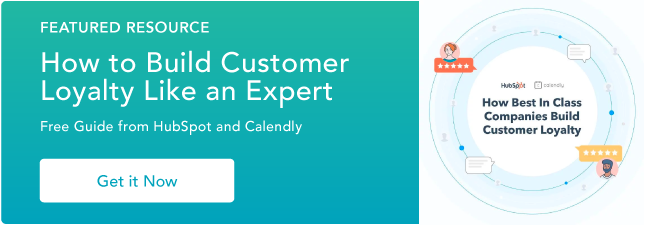
-2.png)
![7 Customer Acquisition Challenges You Might Face This Year [New Data]](https://53.fs1.hubspotusercontent-na1.net/hubfs/53/customer%20acquisition%20%20(1).webp)

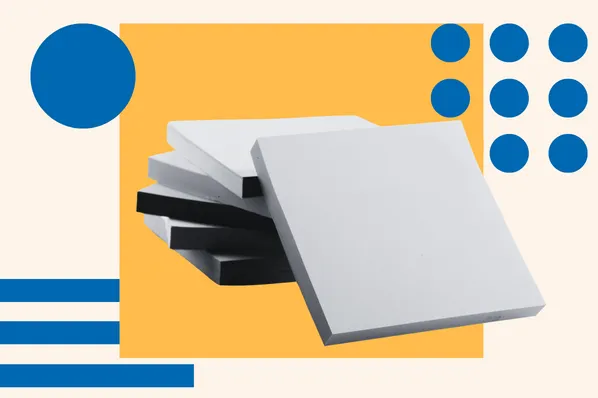
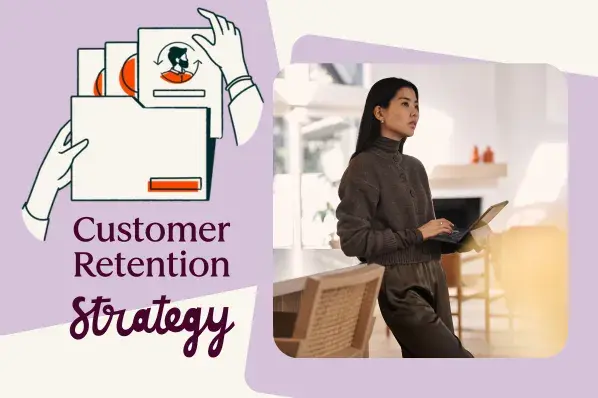
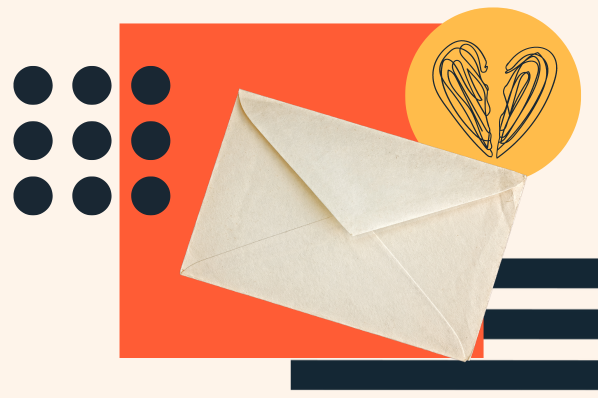
![7 Secrets for Getting Repeat Customers That Stick Around [Consumer Data]](https://53.fs1.hubspotusercontent-na1.net/hubfs/53/repeat-customers.jpg)


